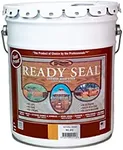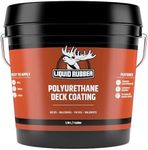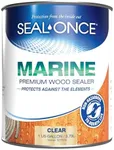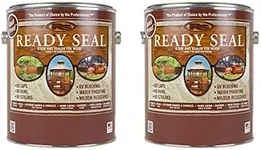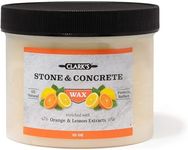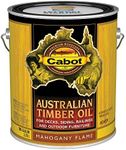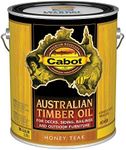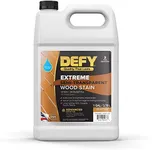Buying Guide for the Best Deck Sealers
Choosing the right deck sealer is essential for protecting your outdoor wood surfaces from weather, moisture, and sun damage. The right sealer can extend the life of your deck, keep it looking attractive, and reduce the need for frequent maintenance. When shopping for a deck sealer, it's important to understand the different types and features available so you can match the product to your specific needs and the conditions your deck faces.Type of SealerDeck sealers generally come in three main types: clear sealers, semi-transparent stains, and solid stains. Clear sealers provide basic water protection and let the natural wood grain show through, making them ideal if you want to preserve the original look of your deck. Semi-transparent stains add a hint of color while still showing some wood grain, offering a balance between appearance and protection. Solid stains provide the most color and protection, covering the wood grain almost completely, which is good for older decks or if you want a uniform look. Your choice should depend on how much you want to change the deck's appearance and how much protection you need.
UV ProtectionUV protection refers to the sealer's ability to shield your deck from the sun's ultraviolet rays, which can cause fading, graying, and wood damage over time. Some sealers offer little to no UV protection, while others are specifically formulated to block UV rays. If your deck is in a sunny area, look for a sealer with strong UV protection to keep the wood looking fresh and prevent sun damage. If your deck is mostly shaded, UV protection may be less critical.
Water ResistanceWater resistance is a key feature of any deck sealer, as it prevents moisture from penetrating the wood, which can lead to warping, cracking, and mold growth. Sealers vary in how well they repel water; some are designed for light protection, while others offer heavy-duty waterproofing. If your deck is exposed to frequent rain or humidity, choose a sealer with high water resistance. For decks in drier climates, a moderate level of water resistance may be sufficient.
Application MethodDeck sealers can be applied using brushes, rollers, or sprayers, and some are easier to apply than others. Thicker, heavier sealers may require more effort and time, while thinner, water-based sealers are often easier to spread. Consider your comfort with DIY projects and the size of your deck when choosing a sealer. If you want a quick and simple application, look for products labeled as easy to apply or quick-drying.
Drying and Curing TimeDrying and curing time refers to how long it takes for the sealer to be safe to walk on and fully set. Some sealers dry within a few hours, while others may take a day or more to cure completely. If you need to use your deck soon after sealing, look for a fast-drying product. For best results, always follow the manufacturer's instructions regarding drying and curing times.
Longevity and MaintenanceLongevity describes how long the sealer will protect your deck before it needs to be reapplied. Some sealers last only a year, while others can protect for several years. If you prefer less frequent maintenance, choose a long-lasting sealer. However, keep in mind that longer-lasting products may require more careful application or preparation.
Environmental ImpactSome deck sealers contain chemicals that can be harmful to the environment, while others are formulated to be eco-friendly with low volatile organic compounds (VOCs). If you are concerned about environmental impact or have pets and children, look for water-based, low-VOC, or environmentally certified products.

